Imagine a future where recovery times are slashed, surgical precision is heightened, and patient care is personalized like never before. This isn’t just a vision—it’s rapidly becoming a reality thanks to the integration of 3D printing technology in the medical field. However, the question remains: Can the promises of 3D printing truly transform healthcare practices as we know them today? The potential is immense, but understanding its practical applications and limitations is essential for harnessing its full capabilities in medicine.
Indeed, 3D printing, or additive manufacturing, is already making significant strides in the medical field. Its applications range from creating bespoke prosthetic limbs that perfectly fit their users, to aiding surgeons in pre-operative planning with precise anatomical models. By allowing for the customization of everything from surgical tools to patient-specific implants, 3D printing is reducing operation times, slashing costs, and enhancing the effectiveness of medical treatments. The technology’s ability to rapidly prototype can adapt solutions to a patient’s needs, providing benefits that traditional manufacturing methods cannot match.
Applications of 3D Printing in Medicine
1. Custom Prosthetics
3D printing allows for the rapid production of customized prosthetic limbs tailored to an individual’s anatomy. This technology significantly reduces the waiting time for patients and lowers costs, making it particularly beneficial for children who quickly outgrow their prosthetics. Patients can even design their prosthetics to better suit their needs and preferences.
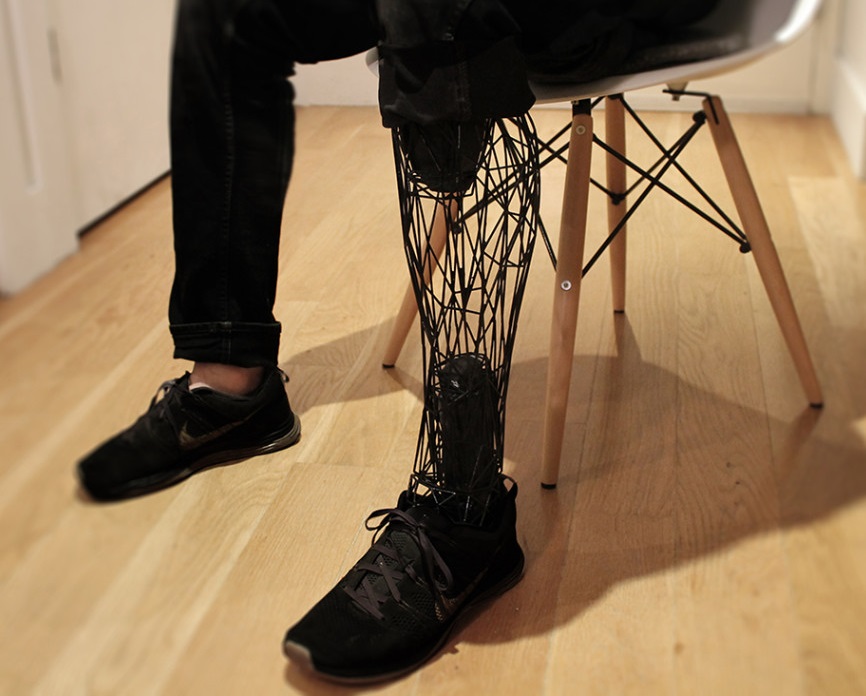
2. Surgical Planning and Training
Surgeons can create precise anatomical models from a patient’s imaging data (like CT scans or MRIs) to plan complex surgeries. These models help in understanding the specific anatomical structures involved, leading to improved surgical outcomes and reduced operation times. Additionally, 3D printed models serve as effective training tools for medical students and professionals.
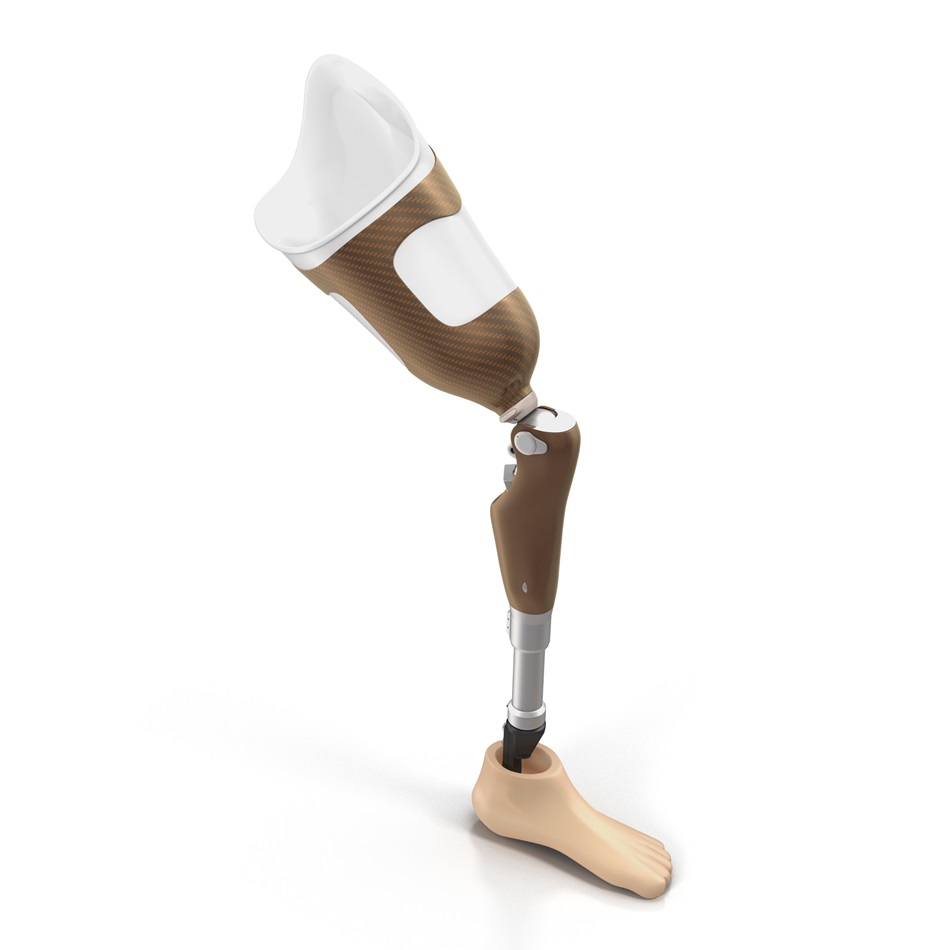
3. Bioprinting Tissues and Organs
Bioprinting is a specialized form of 3D printing that involves layering living cells to create tissues and organoids for research and potential therapeutic applications. Although still in experimental stages, this technology holds promise for future organ transplants and regenerative medicine.
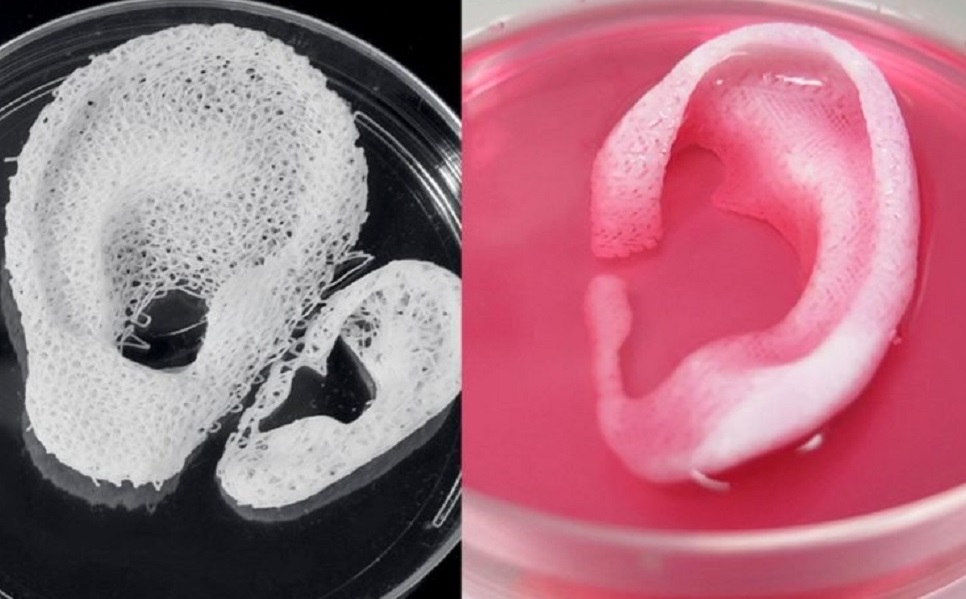
4. Surgical Instruments
3D printing is used to manufacture sterile surgical instruments tailored for specific procedures. This method not only reduces costs but also allows for the creation of instruments with complex geometries that traditional manufacturing cannot achieve.
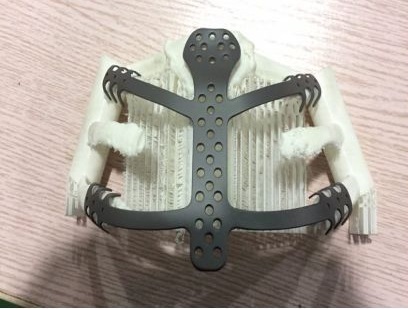
5. Medical Devices
The technology is increasingly used to produce patient-specific medical devices, such as implants and anatomical models. These devices can be designed to match a patient’s unique anatomy, enhancing the fit and function compared to standard devices.
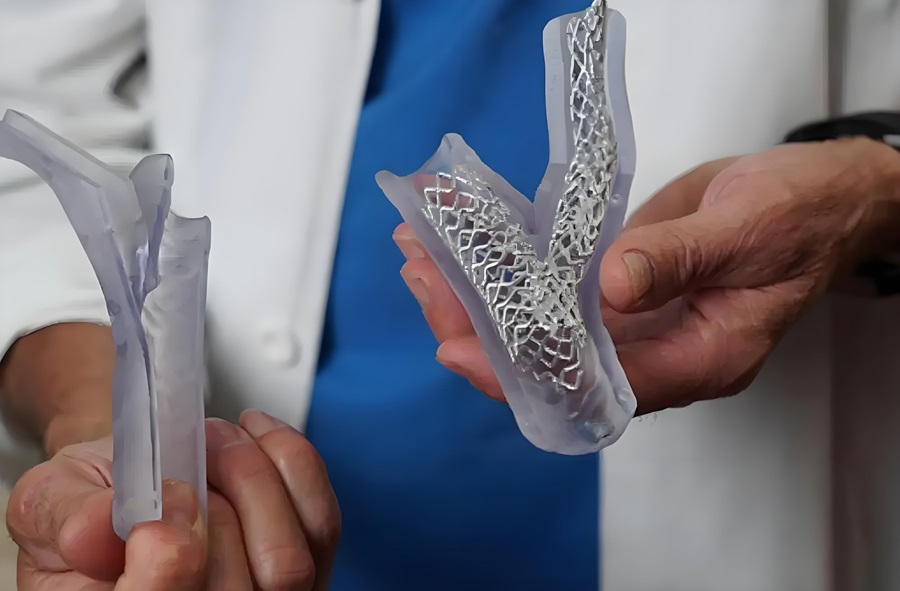
6. Drug Delivery Systems
Research is underway to utilize 3D printing for creating personalized drug delivery systems, allowing for tailored dosages and release profiles. This could lead to more effective treatments with fewer side effects.
Future Prospects
The market for 3D printing in medicine is expected to grow significantly, with projections estimating it will reach $3.5 billion by 2025. As technology advances, the potential for 3D printing to transform medical practices continues to expand, offering innovative solutions for patient care and treatment.
Expanding on its utility, 3D printing employs materials like titanium, known for its strength and compatibility with human biology, to create durable and precise medical devices. The precision of 3D printed titanium is remarkable, with tolerances as fine as 0.1 mm, ensuring devices perfectly conform to patient anatomy. This strength and accuracy make 3D printed titanium ideal for complex orthopedic implants, surgical guides, and even components of robotic surgery systems. Moreover, the potential for 3D printing to manufacture entire medical devices custom-fitted to individual patients showcases its revolutionary impact, paving the way for innovations in personalized medicine and treatment modalities.
In summary, 3D printing is making profound impacts in medicine, from enhancing surgical precision and training to creating personalized medical devices and exploring new frontiers in tissue engineering.

